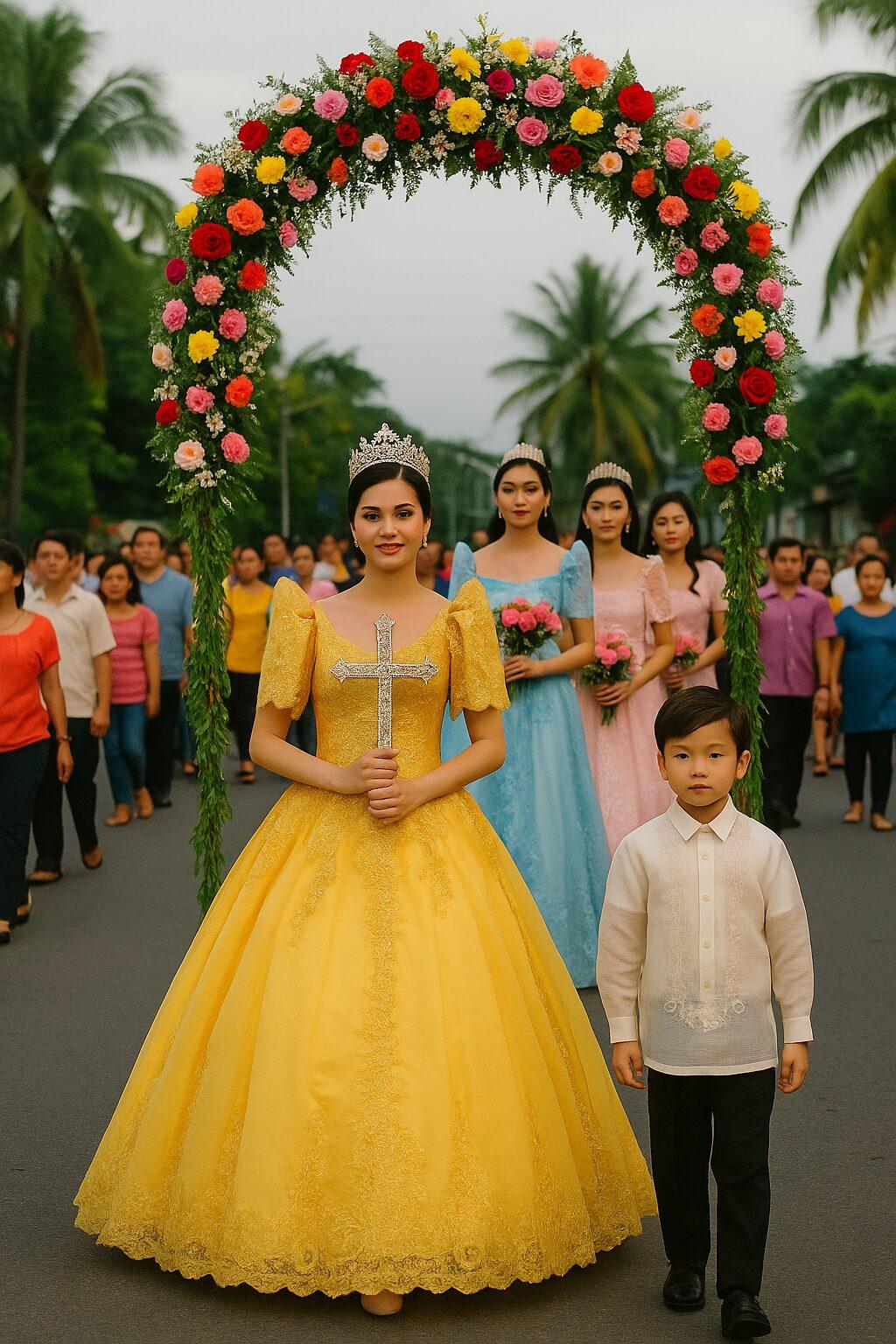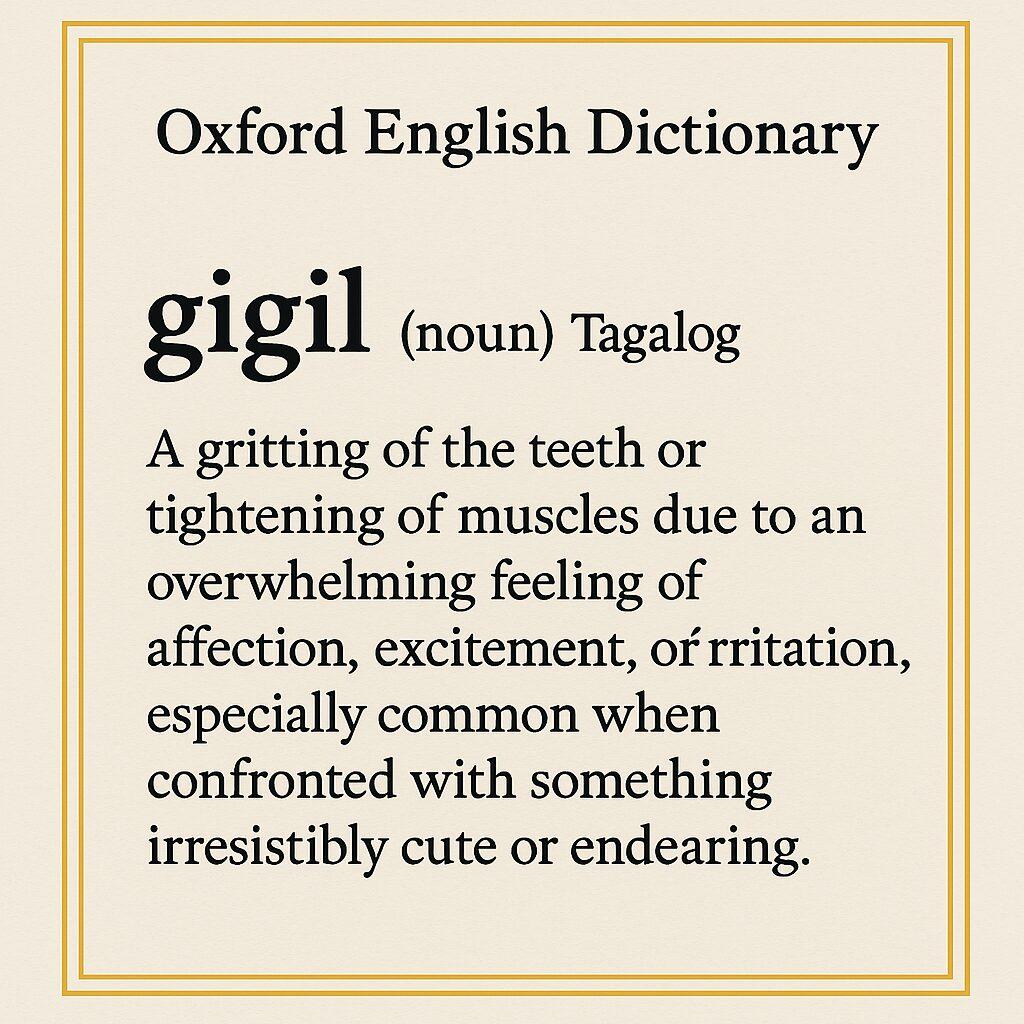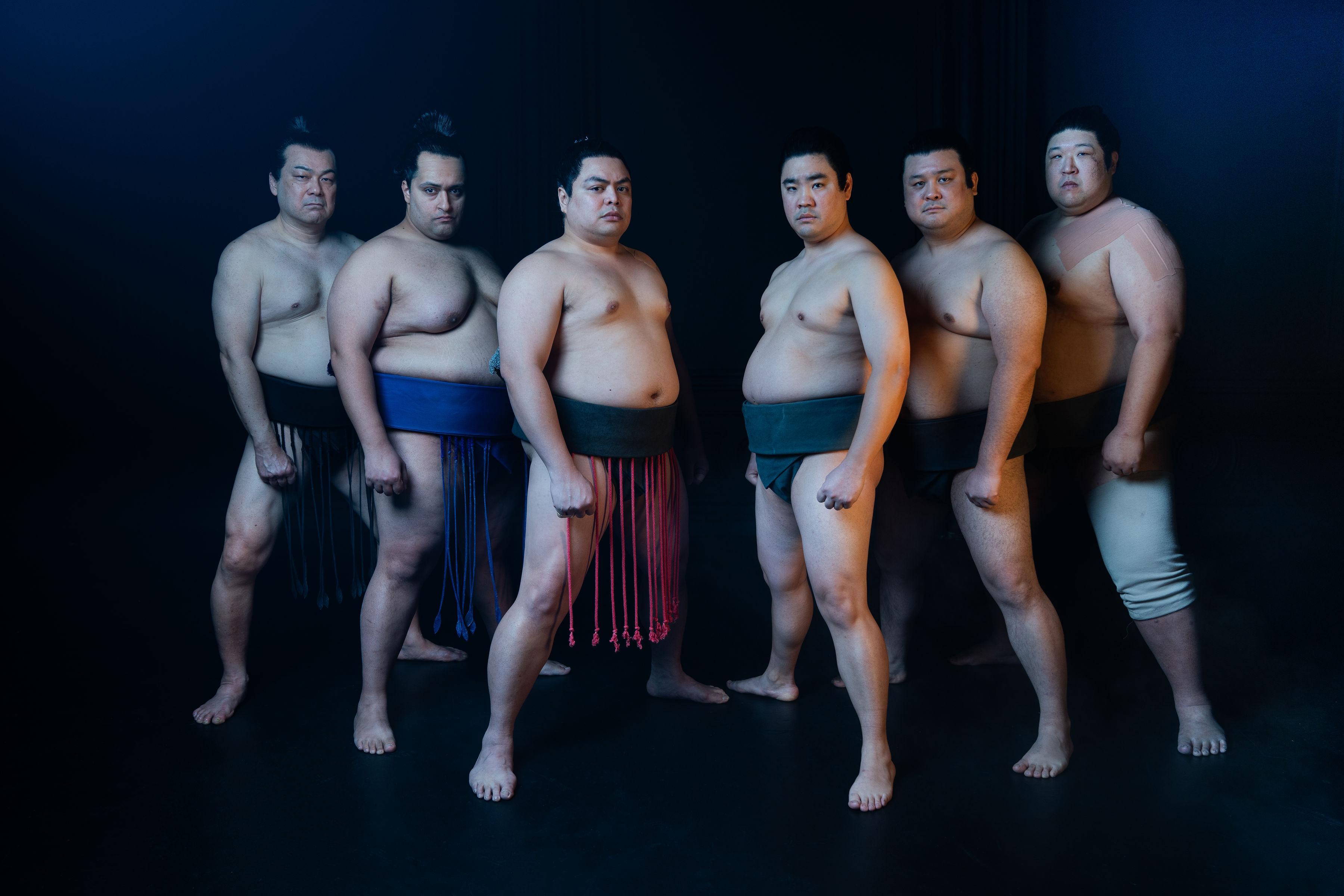TO be inducted into the Order of the National Artists of the Philippines (Pambansang Alagad ng Sining ng Pilipinas) is, doubtless, the apex of one’s achievements in the Arts, specifically, in the fields of Music, Dance, Literature, Visual Arts, Film and Broadcast and Architecture or Allied Arts.
Of course, like any activity involving the selection of “the best of the best,” there often is some controversy. Choosing the most outstanding of our country’s artists has been no exception.
The short list of nominees is determined by the National Commission on Culture and the Arts (NCCA) and the Cultural Center of the Philippines, then endorsed to the President of the Philippines for approval or confirmation.
And, to quote Shakespeare in Hamlet, “There’s the rub!”
According to a story by Rappler, every president of the country, from the time President Ferdinand Marcos initiated the awards, has observed the recommendations of the NCCA and the CCP in the breach, feeling free to add or delete nominees for any number of reasons, not necessarily artistic.
In 2009, there was a storm of protest, led by National Artist recipients themselves, when President Gloria Macapagal-Arroyo, added four nominees to the short list, while deleting one. The additions were Cecile Guidote-Alvarez for Theater, Carlo Caparas for Visual Arts and Film, Francisco Mañosa for Architecture and Jose “Pitoy” Moreno for Fashion Design. Cut off was Dr. Ramon Santos for Music (he was eventually inducted in 2014 by President Benigno Aquino III).
The issue against Alvarez was “conflict of interest” because she was, at the time, executive director of the NCCA. Her nomination was thus considered self-serving, although it could have been argued that she would have, otherwise, been deserving of the honor.
The case against Caparas tended to be “elitist,” with those who led the protest calling the nominee’s film work mediocre and his comic books not deserving to be called “art.”
It is unclear what the issues against Mañosa and Moreno were except for not having been among the original nominees and for having been added by an already unpopular president.
Three other nominees in the original list were retained and appropriately honored that year: director-actor-producer Manuel Conde for Film and Broadcast, Lazaro Francisco for Literature and Federico Aguilar Alcuaz for Visual Art, Painting, Sculpture and Mixed Media.
The protest against the four Arroyo honorees was actually elevated to the Supreme Court, an unlikely forum for adjudicating one’s artistic accomplishments. The High Court rescinded the honors conferred on Alvarez, Caparas, Mañosa and Moreno.
Interestingly, that was not the only controversy over the National Artist Award that Arroyo got embroiled in. Having defeated presidential candidate and movie actor Fernando Poe, Jr. in the 2004 presidential elections, under dubious circumstances, Arroyo posthumously named Poe a National Artist for Film in 2006. But this was flatly rejected by Poe’s wife, Susan Roces. It was not until 2012, during the presidency of Noynoy Aquino, that Poe was formally honored.
However, like Arroyo, Aquino was also accused of unreasonable bias against a National Artist nominee. This was in 2014 and the nominee was multi-awarded actress, Nora Aunor. Aquino reportedly did not think that Aunor was deserving because of a problem with drug use while in the US. This prompted one pundit to comment that Edgar Allan Poe, reportedly an incorrigible drunkard, would not have deserved artistic honors under Aquino.
As you can see, acceptance into the pantheon of National Artists is fraught with controversy. Yet, at the risk of seeming presumptuous, I would like to respectfully nominate an individual who, I am fully convinced, deserves to be inducted into the Order of National Artists – not simply for outstanding but for unmatched achievements in Film.
I am referring to the ageless Eddie Garcia, actor and director par excellence and recipient of more nominations and awards than any person in the Philippine motion picture industry (perhaps, even in the world).
This initiative of mine will probably catch Eddie by surprise. The last time we met was in December 2004 during the wake for Ronnie Poe at Santo Domingo Church. But we have known each other since 1956, when I was a 16-year old movie reporter and Eddie, at 26, was already considered the most villainous villain of Sampaguita Pictures. I also wrote several screenplays for films directed by Eddie, among them, Sabotage and Crisis, which were the biggest hits in the 1966 and 1970 Manila Film Festivals, respectively.
I’ve always had the highest regard for Eddie as an actor and as a director, but I didn’t realize the depth and breadth of his achievements in Cinema until I did research on him, to support this initiative.
Awesome is the only way one can describe his achievements.
Anyone who has spent years in the movies, as I have, can rattle off the names of actors who are “typecast,” that is, considered good only for a specific type of role. But as an actor, Eddie has demonstrated an astonishing versatility, shifting with ease from villain to comedian to dramatic actor to portraying a live person like former Manila Mayor Alfredo Lim, rumored to be the original Dirty Harry.
Even directors are typecast in that they are known for their “specialties” such as action flicks, or comedy-musicals or heavy dramas. But not Eddie. His versatility has extended to film direction where his attention to detail and passion for excellence can sometimes drive a penny-pinching producer up the wall.
In the annual Filipino Academy of Movie Arts & Sciences (FAMAS) Awards (the equivalent of Hollywood’s Oscars), Eddie has had a total of 34 nominations (13 for Best Supporting Actor of which he won 6; 10 for Best Actor of which he won 5; and 11 for Best Director of which he also won 5).
He is the only one in the history of the FAMAS to win the Best Supporting Actor trophy for 3 consecutive years (1957, 1958 and 1959); was the first to be inducted into the Best Supporting Actor Hall of Fame; and is the only one to have also been inducted into the Best Actor and Best Director Halls of Fame, in addition to a Lifetime Achievement Award.
Additionally, Eddie received from the Film Academy of the Philippines 3 Luna Awards for Best Director (1986, 1987 and 2001), the Lifetime Achievement Award in 1998 and the Best Actor Award in 2000.
In the Metro Manila Film Festival, Eddie won the Best Director Award in 1989 and the Best Actor Award in 2002. In 2000, he won the Urian Award for Best Actor, conferred by movie critics. In 2006, he was given the Natatanging Gawad Urian Award for his achievements in Film.
In 2012, the Asia-Pacific Film Festival named him Asian Best Actor. There have also been two special honors given in the name of fellow actors, a distinct recognition in a highly competitive field: the Fernando Poe, Jr. Memorial Award and the first Dolphy Lifetime Achievement Award conferred in 2013 by the Entertainment Press Society.
Even the TV industry acknowledged Eddie’s artistry by giving him the 2002 Star Award for Best Actor in a Drama Series.
There are 66 officially recognized National Artists of record and 7 of them made their mark in Cinema: Directors Gerry de Leon, Lamberto V. Avellana, Lino Brocka, Ishmael Bernal, Eddie Romero and Manuel Conde. Conde was as much an actor as he was a director and he distinguished himself in both roles. If I’m not mistaken, only Fernando Poe, Jr. was honored mainly as an actor, although his achievements in Cinema included being a producer and director.
I believe, without fear of contradiction, that the accomplishments of Eddie Garcia as an actor and as a director, and just as importantly, as an artist who epitomizes the finest qualities of a professional in Film and Visual Arts, deserve a place alongside that of the country’s National Artists.
Sadly, the National Artists for Film have all been sent for by the Great Producer in the Sky.
I fervently hope that Eddie Garcia will receive his well-deserved recognition while he can still relish the honor in person.






